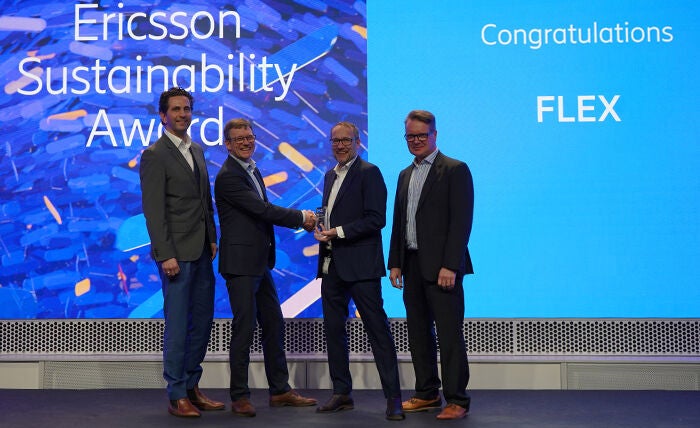
Expanding the automotive ecosystem
Reflecting on three crucial trends to achieve the promise of next-generation mobility
Our unique set of manufacturing solutions and services optimize and streamline product lifecycles
Industry-leading advanced technologies to drive productivity, quality, and efficiency
Global network, know-how, and technology to mitigate risk and complexity
Complete services, from design, fulfillment to circularity, to improve speed and reduce waste
Deeply embedded in our operations to accelerate a more sustainable value chain
Presence in all key geographies with a dedicated and diverse workforce
170K
Employees
10K
Supply chain professionals
16K
Suppliers across global network
100+
Facilities across
30 countries
Cross-industry synergies to enable a rapid exchange of technology and knowledge
Discover more about Flex